SMA | Re: Youth Promotions
Dear SMA parents and students,
As we continue to resume operation of our youth program we are excited to announce our plans for promotions! Our students who have continued training virtually and in person have been patiently waiting to receive their stripe and belt promotions, however, due to the current situation we find ourselves in, we have not been able to award these promotions in the same way as before. We thank you for your patience! Today we would like to detail how we will be handling promotions moving forward!
Due to the current restrictions which are placed upon our youth classes including: not being able to rotate partners, masks reducing the intensity of training, some of our students not feeling comfortable resuming in person training or training with other students, or students training with reduced consistency, some changes need to be made to how we award promotions.
It is worth noting that promotions in Brazilian Jiu-Jitsu are extremely important and the difficulty in achieving new ranks is what makes BJJ stand out among other martial art styles.
Because of the above mentioned considerations and our own drive towards improving existing systems we have decided to focus our efforts on simplifying our striping system so that students can still progress during this trying time, while still being held to high standards. We have already calculated and assessed each student who has continued to train virtually or in person for the last few months and are ready to award stripes and belts at the end of this month. Please understand that given the large gap in time between our last promotion, some students may be receiving one stripe, multiple stripes, or even a new belt.
This brings us to our new protocol for promotions moving forward:
Testing weeks are gone and will be replaced with personal review and drilling classes.
Testing weeks are helpful for creating synergy between schooling and training for our youth students, however they fix one problem while creating several others. Testing weeks demand accountability from our students but create a stressful environment where importance is not placed on actual application of the technique but more so on the momentary memorization of a technique in order to earn the all important stripe each month. This leads to simple recall of knowledge instead of real application during rolling and an over importance placed on stripes. Stripes are merely tokens of a student's consistency in training. Additionally, these testing weeks saw structural difficulty in our more populated classes. We feel time will be better spent drilling new and old techniques and rolling to actually apply ourselves.
4 stripes required for all belts.
The IBJJF provides options for how stripes should be awarded to students. We have been using the monthly system which sees stripes awarded every month. White belts and grey-white belts earn 5 stripes each while solid grey belts need to earn up to 11 stripes. Once a student enters the yellow series and above, only four stripes need to be earned. We feel that this system is overly complicated. Having the consistency of 4 stripes per belt will help students better understand the system while also creating correlation to the main adult belt system.
20 classes required for each stripe.
Since there will be less stripes per belt some modifications needed to be made to ensure that students will stay at each belt for the appropriate amount of time. 20 classes is a happy medium. This means that after 3 months of training twice a week, a student should be ready for a new stripe even if they missed a class here or there. Of course students who train more whether that’s in our competition team class or nogi class will obviously progress faster. Note that this will not affect the time spent in the grey belts, however it will make the white belt slightly longer. These numbers would be halved for our 3-4 year olds.
A minimum of 100 classes required for each new belt.
After 20 classes the student will receive their first stripe. After 40 classes the student will receive their second stripe. After 60 classes the student will receive their third stripe. After 80 classes the student will receive their fourth stripe. To earn their next belt they must then attend at least 100 classes in total, however, this does not mean they will instantly earn their next belt, this is merely the minimum number required to promote and a student promoting right when they hit 100 classes will be the exception, not the rule. These numbers would be halved for our 3-4 year olds.
Higher standards for promotion into each new series of belts (grey series, yellow series, orange series, green series).
Each belt series in the IBJJF belt system is considered a large step up in skill, grit, and mentality. This means in order to move to a new belt a student must show these traits and more. For example, students must compete at least once at each belt series. Free in school tournaments count towards this requirement.
Promotions will still be awarded at the end of each month.
There will still be a promotions week at the end of each month where students will earn their new stripes or belts. Class numbers will be tracked throughout the month and students who hit their class number during the month will be up for a promotion at the end.
Students can still expect the same structured and polished curriculum they have come to know.
Due to the current situation we find ourselves in, we feel this is the perfect time to start to explore these new changes in direction for promotions in our youth program. As always, please let us know if you have any questions.
Thank you for your support!
The Miller Brothers

